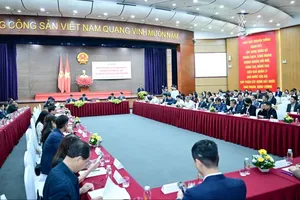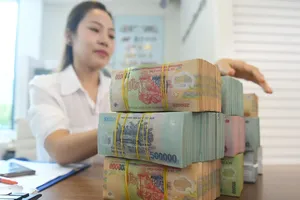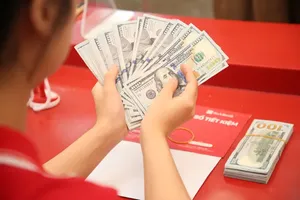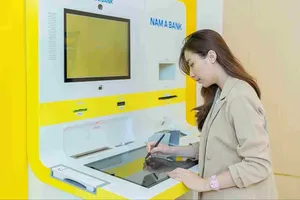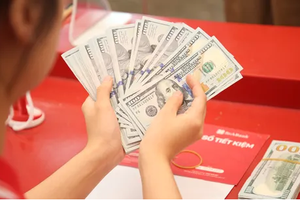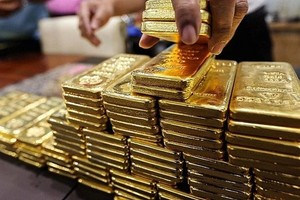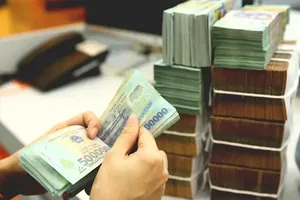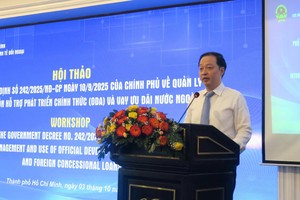The government this year is implementing a tight and cautious monetary policy to battle inflation.
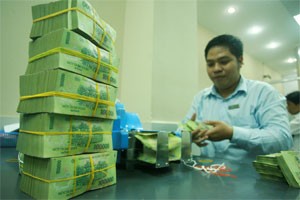
The consumer prices rose 12.31 percent in February from a year earlier, according to figures released by the General Statistics Office in Hanoi. The central bank raised its reverse repurchase rate on Feb. 22, the second increase in borrowing costs in less than a week.
Dau Tu Tai Chinh newspaper caught up with Dr. Le Xuan Nghia, vice chairman of the National Financial Supervisory Commission, to ask him about interest rate on the monetary market in upcoming time.
Dau Tu Tai Chinh: With gasoline and electricity prices increasing, a lower lending-growth target will raise the deposit interest rate in Vietnam dong. And that will help tackle inflation?
Dr. Le Xuan Nghia: Lowering the credit-growth target to below 20 percent this year from the target of 30 percent last year will surely push up interest rate. However, there are factors that will help cut the interest rate.
The amount of government bond in 2011 will be issued restrictedly, around 50 percent of last year’s figure. The high credit growth rate last year came from public spending and matured loans with preferential interest rates to boost the economy, which will be limited this year.
The National Financial Supervisory Commission estimated the increase in electricity and gasoline prices would raise the CPI by 0.54-0.65 percent and 0.71 percent respectively. The foreign exchange adjustment will also raise the CPI by 1.1 percent. Thus, the CPI are set to rise around 2.5-3 percent.
However, food prices will likely to fall this month after moving up in the last six months, helping offset the 2.5-3 percent increase.
Therefore, lowering the credit-growth target to below 20 percent will absolutely slow down the inflation, which is expected to be less than 7 percent.
The central bank last month raised the refinancing rate by 2 percentage points to 11 percent. Will this move restrict large-cap lenders from borrowing money from the interbank market to lend small banks with higher interest rates?
The central bank’s move will likely to make commercial banks unwilling to borrow from the central bank, switching to seek loans from the interbank market.
However, among bank’s interest rates, the refinancing rate is the highest, following are reserve repurchase rate and discount rate.
The state bank raised the refinancing rate to 11 percent, but set the discount rate at a low level of 7 percent. With large non-term deposits from groups and corporations, large-cap banks can make profits from buying government bonds, which are the safest and high-liquidity asset.
Many commercial banks ignored the ceiling interest rate of 14 percent per annum to offer a deposit rate of 16-20 percent. How can we curb this issue?
The required reserve rate of 3 percent remains very low. The required reserve is considered as the insurance of the central bank for small-cap lenders, enabling the central bank to properly adjust the capital supply-demand of the economy.
Therefore, the central bank should increase the required reserve rate sharply.
Deposit rates in US dollar are edging up. Does businesses’ dollar lending demand increase on high deposit rate in dong?
The increasing deposit rate in dollars is neutralizing our hope of a stronger Vietnam dong. We can lower the increase by raising the required reserve rate of deposits in dollars, forcing banks to cut deposit interest rate in dollars and increase lending rates.

